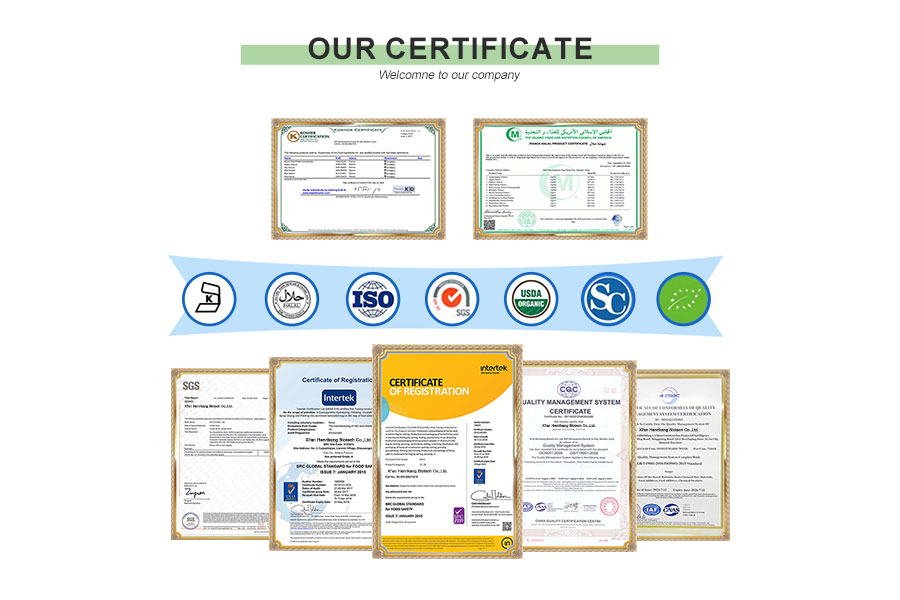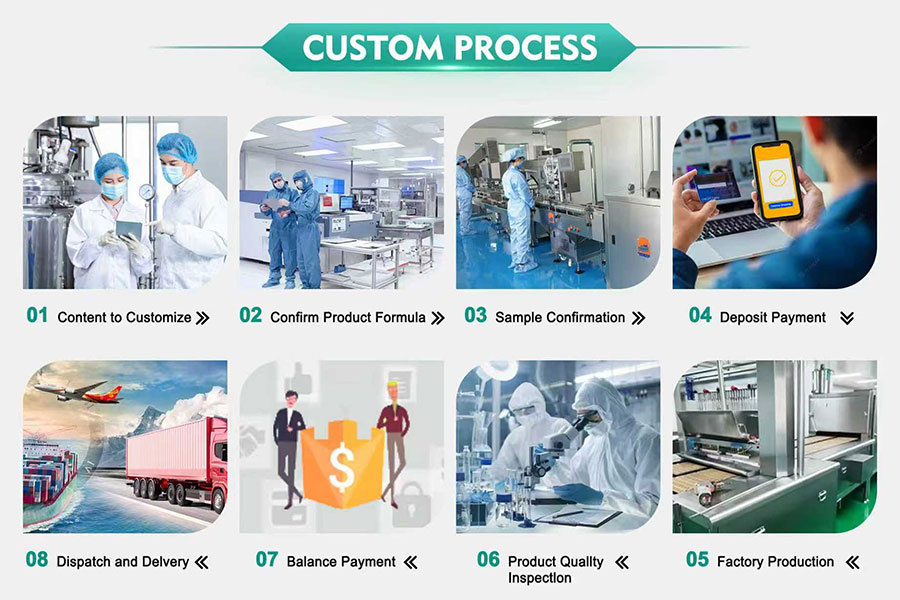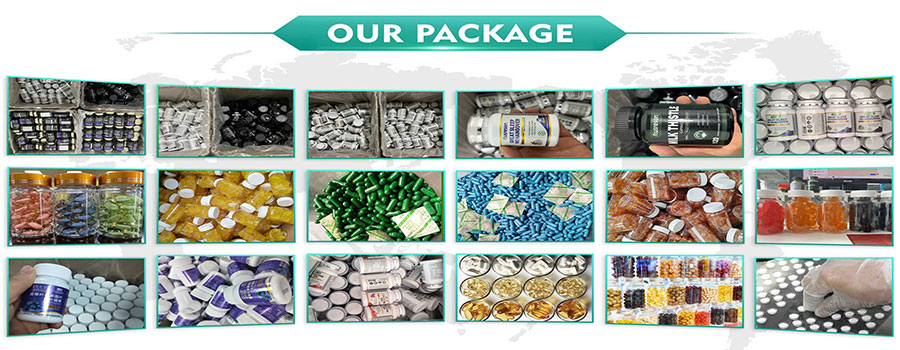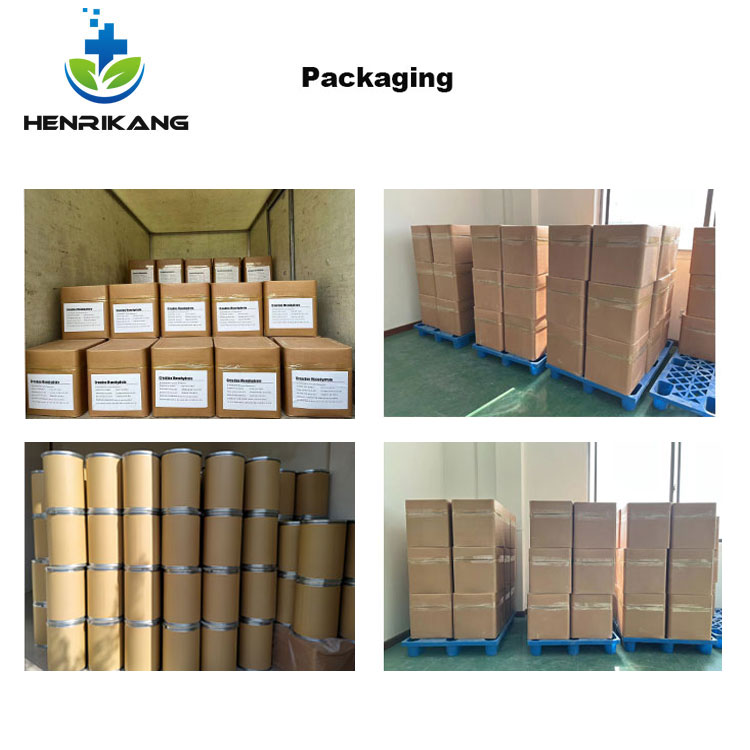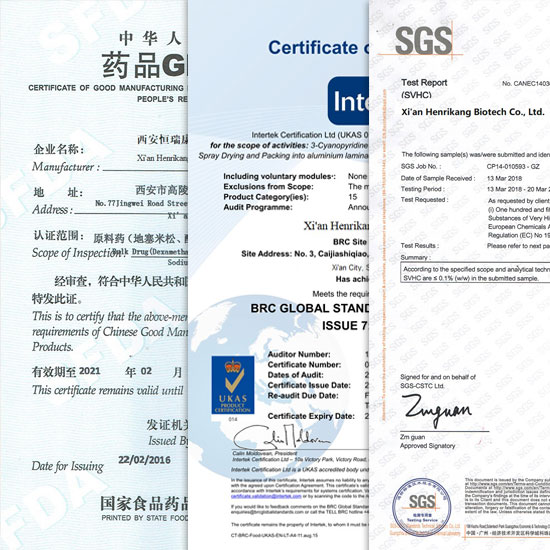Pharmaceutical
Human APIs Powder
- Respiratory Drugs Raw Material
- Antiviral Antibacterial
- Antipyretic Analgesics
- Antihistamine Drugs
- Antineoplastic
- Cosmetic Raw Material
OEM & ODM
- Capsule
- Softgel Capsule
- Gummies
- Drop & drinks
- Tablets
- Effervescent Tablet
- Gel
- Powder
- Chewing Gum
- Pet Supplement
Veterinary raw materials
Phone: 86-13279202917
E-mail: sales@nutrition-oem.com
Add: Fengcheng 2nd Road, Weiyang District, Xi'an, Shaanxi, China
Sorbic Acid Raw Materials powder Sorbic Acid for skin

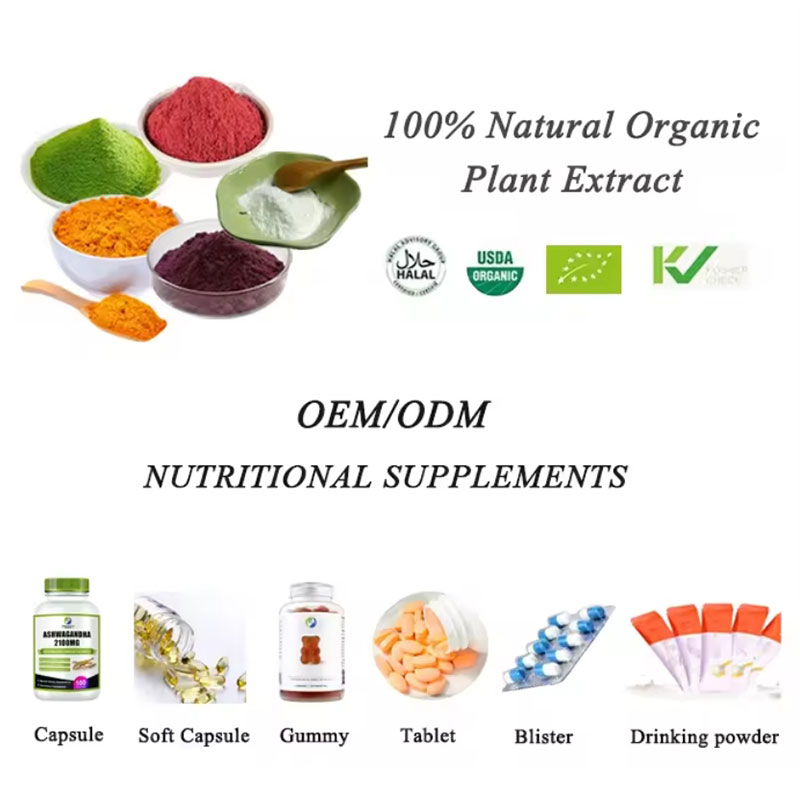
Product Overview:
Sorbic acid and its sodium salt can inhibit the growth of moulds, and has been used as a food preservative for a long time, especially at low pH, it can be used as a kind of undissociated acid to play a preservative role. Sorbic acid has other preservatives do not have the characteristics, that is, there is a strong preservative selectivity, it can inhibit the growth of bacteria harmful to human beings, and beneficial to human bacteria is harmless, for example, it can inhibit the growth of cheese moulds but does not affect the growth of bacteria to help cheese ripening. Sorbic acid is therefore used extensively in the food industry as a preservative for cheese, cakes and other pastries.
Product Attributes
CAS:110-44-1
MF:C6H8O2
MW:112.13
EINECS:203-768-7
Specification: 99% min Sorbic Acid powder
Sample:Sorbic Acid powder Avaliable
Packaging:1kg/bag, 25kg/drum
Keywords:sorbic acid benefits
Brand:Ausreson
Appearance:white powder
Storage: Cool Dry Place
Shelf Life: 2 Years
Test Method: HPLC
Product Details
Sorbic Acid powder Usage and Synthesis.
New food preservatives, can effectively inhibit the growth of bacteria, moulds and yeasts, no adverse effects on food, can participate in the role of human metabolism, is internationally recognised as a safe food preservative, can also be used in the pharmaceutical industry, light industry, cosmetic industry, etc., which, as a kind of unsaturated acid, can also be used in the industry of resins, spices and rubber, etc.
Professional application guide of sorbic acid in the food industry.
Recommended dosage for different food categories
| Food category | Addition form | Recommended concentration | Effect duration |
| Baked food | Potassium sorbate | 0.1-0.3% (flour basis) | Extend shelf life 3-5 times |
| Cheese products | Calcium sorbate | 0.2-0.3% | Inhibit mold growth for 8-12 weeks |
| Juice drinks | Potassium sorbate | 0.05-0.1% | Store at room temperature for 6-9 months |
| Meat products | Sodium sorbate | 0.1-0.2% | Synergistic effect with nitrite |
| Wine | Sorbic acid | 200mg/L(max) | Inhibits secondary fermentation |
Uses of Sorbic Acid powder.
Sorbic acid is currently the most widely used mould inhibitor for food internationally, with the effect of inhibiting the growth and reproduction of microorganisms. Its toxicity is only 1/4 of benzoic acid, and has the tendency to replace benzoic acid. In the food industry is mainly used for cheese, pickled vegetables, dry fruits, fruit juice, fruit syrup, beverages, preserves, bread, candy and other anti-mould, also used for fish and meat products preservation. Sorbic acid as a preservative is also used in the pharmaceutical industry, light industry cosmetics, baked tobacco, and as an insecticide. In addition, it is also used to formulate reagents; as an unsaturated acid used in the resin, spice and rubber industries; there are also applications in feed.
FAQ.
Q: Is sorbic acid a natural preservative?
A: Most commercial sorbic acid is chemically synthesized (same structure as natural), but natural sorbic acid produced by biological fermentation has been developed and certified as natural by the European Union.
Q: How to use it for home baking?
A: It is recommended to use potassium sorbate, added at 0.1% by weight of flour, dissolved in a small amount of water and mixed with other liquid ingredients.
Q: Is it safe for children?
A: It is safe to use in children's food over 3 years old according to standards, and it is usually not added to infant food.
Q: Will it destroy nutrition?
A: It does not affect major nutrients such as protein and vitamins, and may slightly increase the stability of vitamin C.
Q: How to identify products containing sorbic acid?
A: Check the label: E200 (sorbic acid), E202 (potassium sorbate), E203 (calcium sorbate).
Product Method of Bulk Sorbic Acid powder.
Sorbic acid can be obtained by sorbial oxidation, acetone and crotonaldehyde condensation and malonic acid and crotonaldehyde condensation, but at present, both domestic and foreign countries use vinyl ketone method to produce. In addition, butadiene route has a good development prospect because of the low cost of raw materials.
(1) Butadiene route. Butadiene and acetic acid under the catalysis of manganese acetate, 140 ℃ compression synthesis of γ-ethylene-γ-butyrolactone, at 100 ℃, acidic conditions γ-ethylene-γ-butyrolactone hydrolysis can be obtained sorbic acid.
(2) Vinyl ketone method. Containing alkyl phosphate catalyst of acetic acid vapour in 700 ℃ above the cracking tube to stay 0.3 s, the resulting gas mixture with ammonia sauce catalyst transformed into ammonium phosphate and deactivated. Stage-by-stage cooling to -30 - 10 °C was performed to remove water, acetic acid, acetic anhydride, etc.
Vinyl ketone gas is absorbed by crotonaldehyde and catalyzed by boron fluoride (or zinc chloride, cobalt chloride, etc.) to generate polyhexene-4,5-β-lactone (referred to as polyester), polyester hydrolysis under acidic conditions, precipitated after cooling the sorbic acid crude, and then recrystallized with 3-4 times the amount of 60% of the amount of ethanol to get sorbic acid.
Inquire This Product

